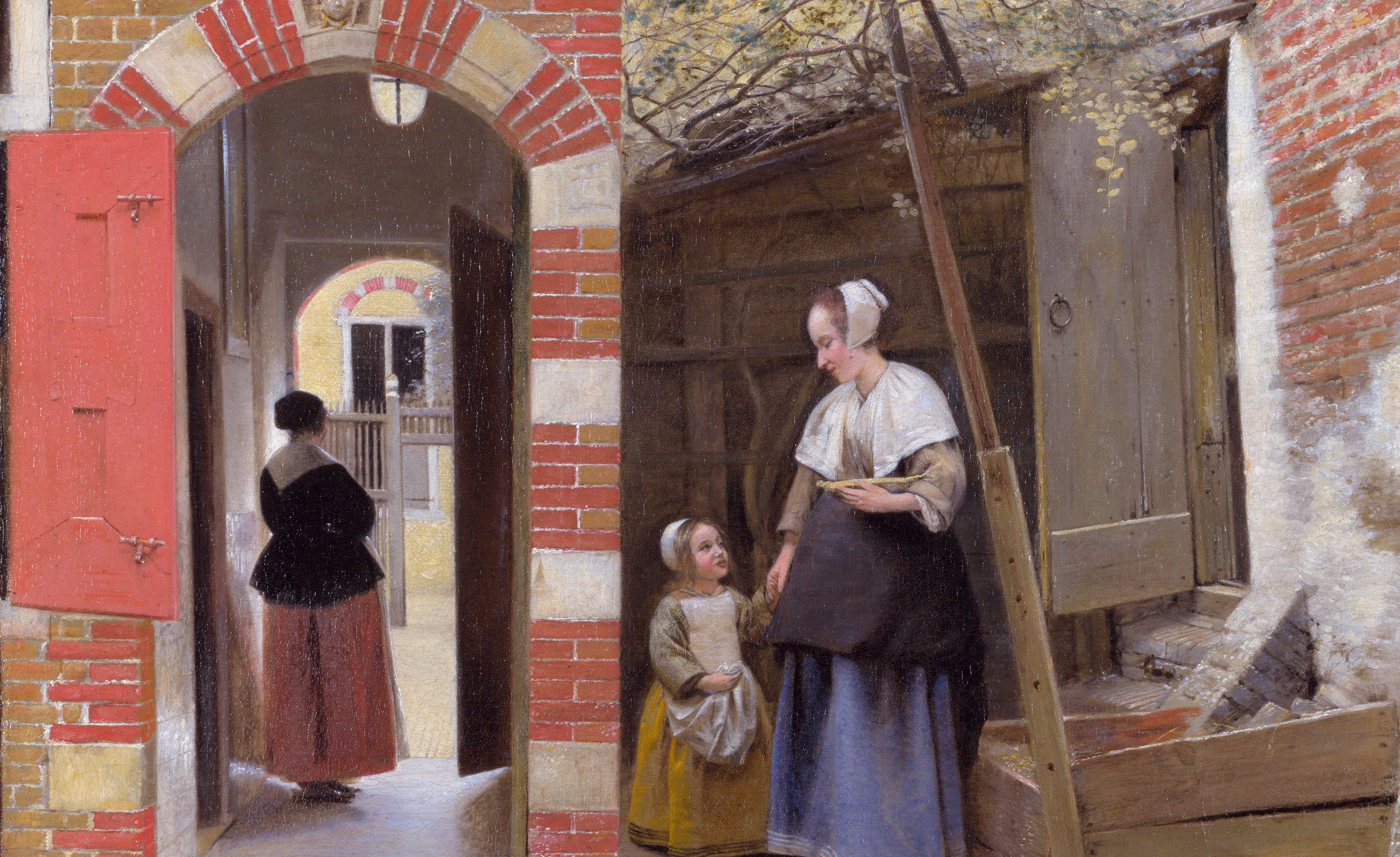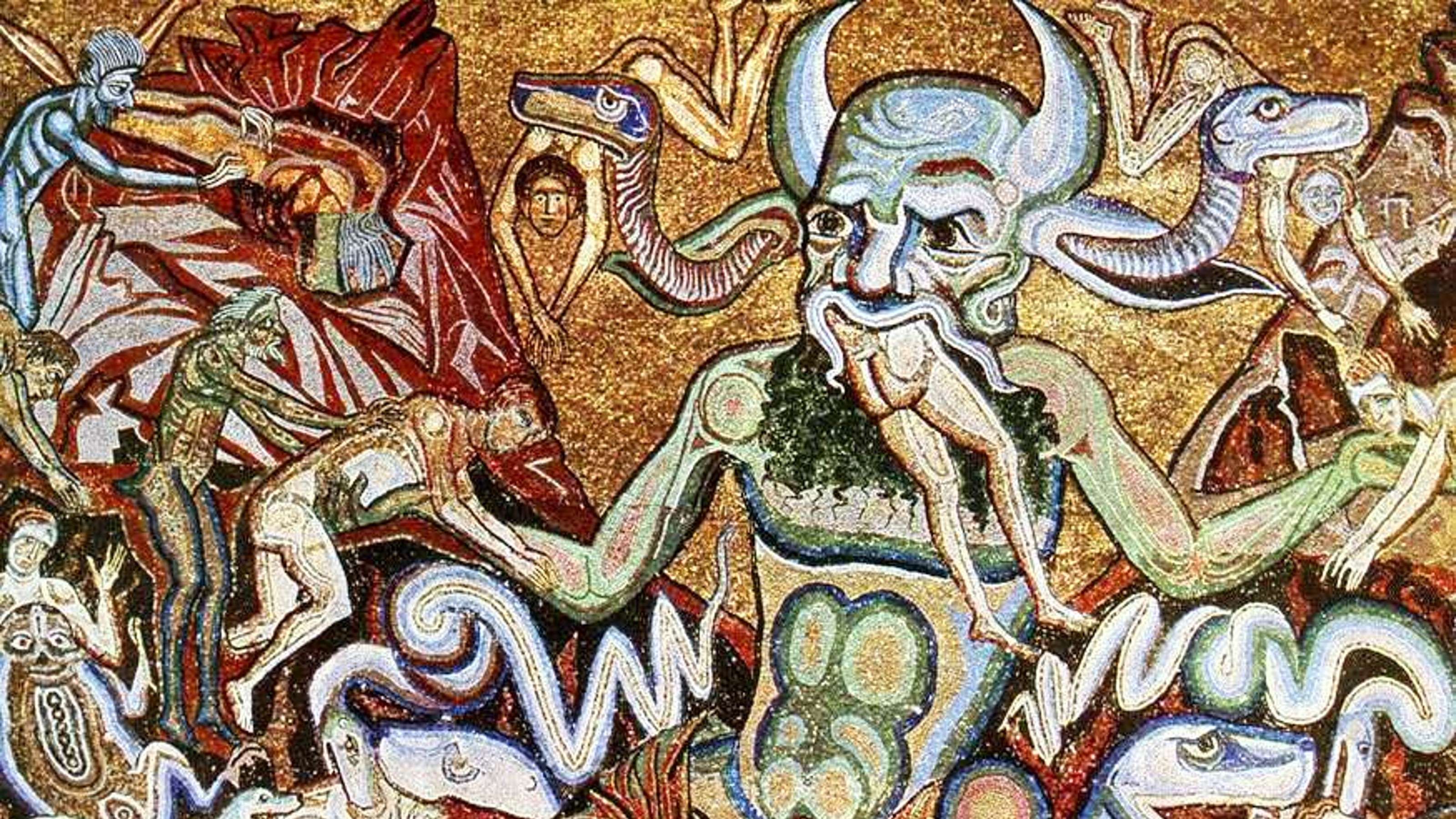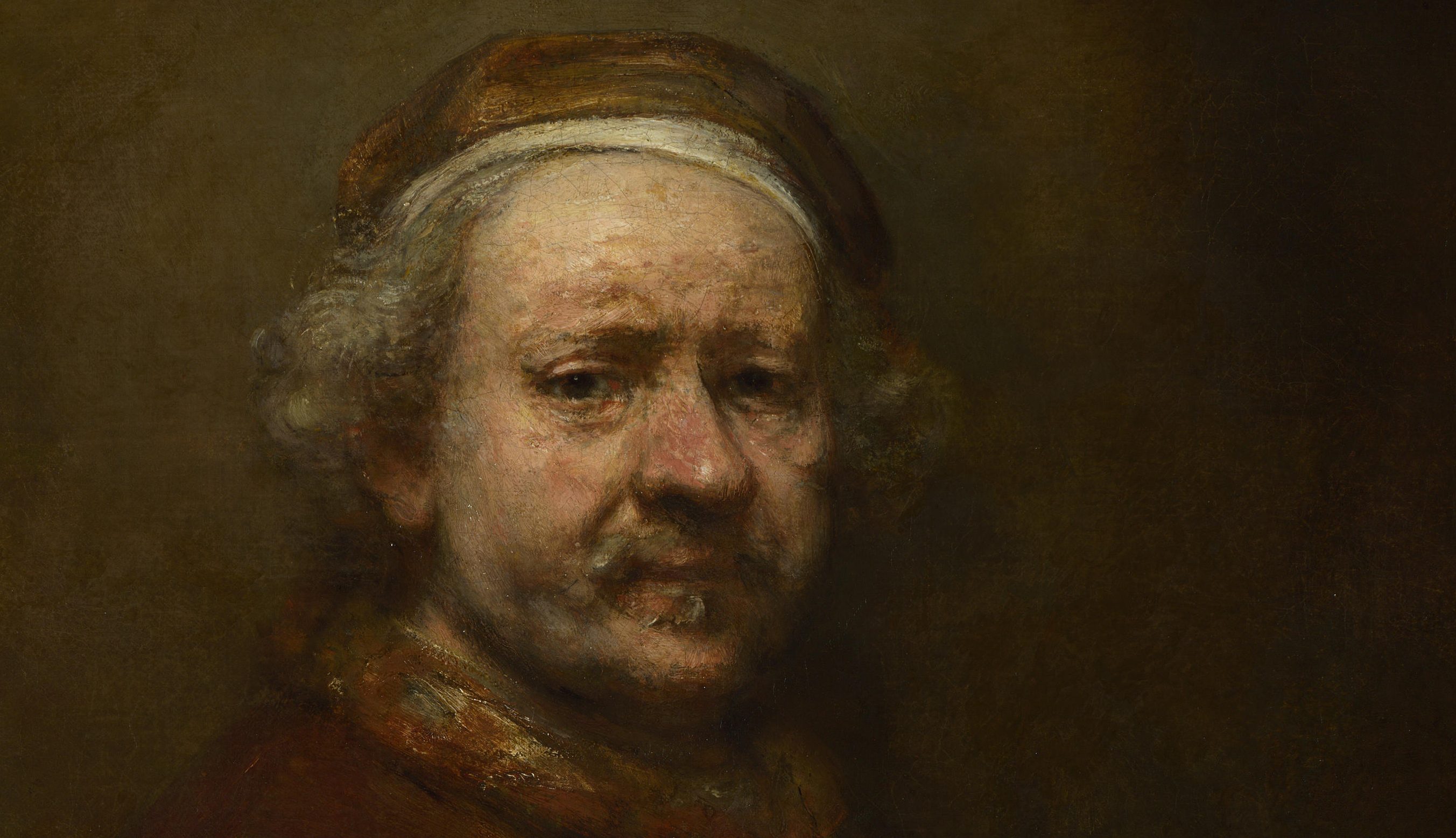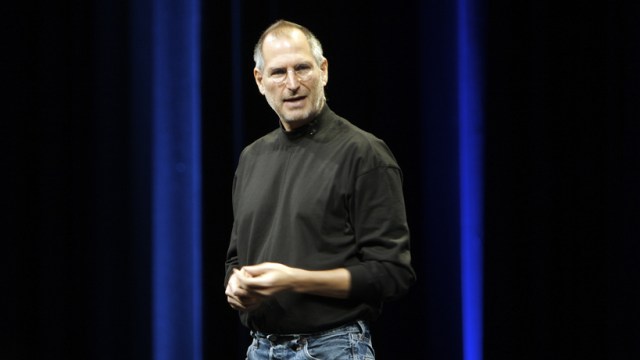Why Are Graffiti and Street Art Destroying One Another?
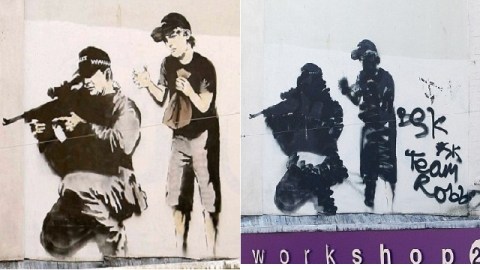
For most people, there’s little difference between graffiti and street art. To those within that circle, however, there’s a whole world of difference—even enough to drive them to destroy the art of others. Part of that difference comes from the continued rejection of graffiti as a criminal act, whereas street art quickly rose up from the streets into the galleries, where it has become the hot, new genre eagerly bought up by younger collectors. The resentments generated by that difference can be easily encapsulated in the all-out war going on between King Robbo, “king” of the British graffiti artists, and Banksy, the darling of the gallery-gone street artists. What was once posturing (and even alleged slapping) has escalated to destruction of the art itself. Can anything stop this self-destructive feud in which the work itself hangs in the balance?
British television aired a 45-minute special documenting the war between King Robbo and Banksy as the central fight in the larger ideological conflict. Banksy began as a free-hand graffiti artist in the early 1990s, years after King Robbo had established himself as a master of the genre. Whereas King Robbo retained his outlaw status, Banksy soon courted mainstream acceptance with his cutesy, pseudo-social commentary stencil figures placed on the walls of shops and businesses, who embraced the artwork rather than rejected it as a public nuisance. King Robbo and Banksy allegedly met in the 1990s to discuss their differences. Robbo claims he slapped Banksy, but Banksy denies that happened. The anonymous nature of both artists makes pinning down their motivations difficult, but it’s easy to guess at the resentment Robbo has for “sellouts” such as Banksy, whom the previous generation of graffiti artists believe has taken an anti-establishment art form and made it almost disgustingly corporate.
The previous highlight of the feud came in 2009, when Banksy painted over a graffiti mural King Robbo had done in 1985 in a difficult to access canal tunnel. Again, the murkiness of their identities makes definitive accusations impossible, but that mural soon became a battleground where the old guard of King Robbo’s generation overpainted the overpainting of the Banksy-esque new guard. The feud hit the headlines more recently with the destruction of a Banksy mural featuring a police sharpshooter about to be startled by a young boy ready to pop an inflated paper bag. As can be seen in the before and after images above, the ruined Banksy work is signed by “Team Robbo.” King Robbo himself couldn’t have done this act, as he’s been in an induced coma since September 2011 as treatment for a serious head injury he’d sustained 5 months before. The fact that someone did this in Robbo’s name may foreshadow a wider war in which these artists indiscriminately attack the art of others in the name of ideological purity, with the real victims being those who know and enjoy the work being ruined.
Ironically, King Robbo’s head injury came just days before a gallery exhibition of his work titled “Team Robbo: The Sell-Out Tour.” Thanks to his fight with Banksy, King Robbo began to enjoy some publicity, which resulted in gallery gigs. Despite this level of acceptance, Robbo and his followers continued to call for a rejection of mainstream society, presumably allowing the work to be exhibited and sold as a way of educating the non-graffiti-loving audience as to the ways of the outsider. The closest analog for this phenomenon for Americans would be the world of rappers, some of whom profess to remain loyal to the hip-hop code while raking in profits and simultaneously calling out those less loyal and, therefore, sell outs. That conflict too often resulted in a hail of bullets and lost lives. Although nobody has died in the graffiti—street art war yet, the sense of loss when someone like Tupac Shakur or Biggie Smalls died correlates to the sense of loss when the art itself dies under a cover of spray paint. Recent episodes in which Los Angeles graffiti artists have painted over public murals (i.e., officially sanctioned street art) may signal that the Banksy-Robbo battle has crossed the Atlantic.
Of course, for many the world of graffiti and street art is a world of vandalism, so painting over the work of a vandal seems like poetic justice. Graffiti itself is as old as the Ancient Greeks and Romans, who left marks of their presence on the ruins of (even to them) Ancient Egypt they traveled to see. The work of King Robbo represents the marks of a generation of artists working in the only genre available to them at the time. In a world denying them opportunity, they seized the opportunity to apply their name and identity to the walls set up to confine them. If Banksy and others build on that history while simultaneously rejecting it by playing up to the powers that be, then they truly are selling their souls and, even worse, destroying the spirit of the graffiti artist. After destroying the spirit of graffiti and their own street art, the physical destruction of the artwork itself seems superfluous.


